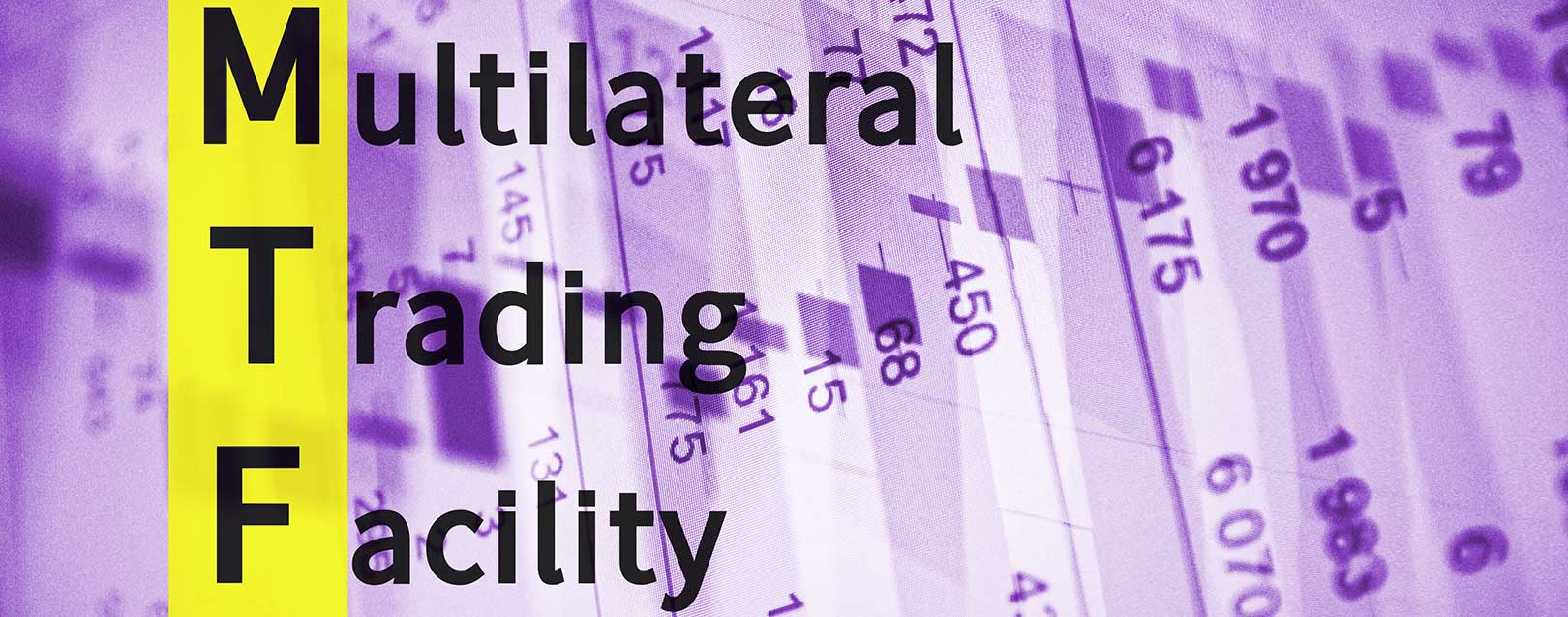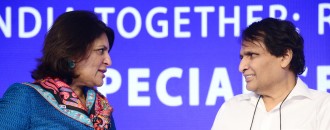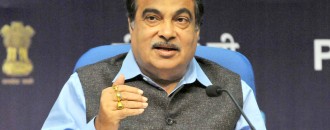
The future of global trade: Can an alternate trade bloc of emerging economies have a global impact?
Deepak Kumar
Amid the uncertain global trade scenarios, which have magnified further following the ascension of Donald Trump as the US President, an alternate multilateral trade deal among ten major economies could stimulate global trade and offer myriad opportunities for their collective economic development. The trade bloc comprising of middle-income economies such as China, Brazil, India, Indonesia, Mexico, and South Africa; along with some major high-income countries such as Japan, Australia, New Zealand and UK could turn out to be a strategic departure from the regionally-focused trade blocs, and therefore could help to bring about some semblance of trade-dignity in the international trade arena.
Last week, India’s Chief Economic Adviser to the Union Government, Arvind Subramanian along with Commerce Secretary Rita Teotia and several global trade analysts and academicians sat together to contemplate upon ways to revitalise global trade. Subramanian noted that rapid globalisation has squeezed the economic growth of the developed economies while shifting economic developments from their territories to the emerging market regions. While TPP’s future still hangs in uncertainty; RCEP negotiations make steady yet comprehensible progress and developed economies register lacklustre growth, the developing countries must view this as an economic opportunity and explore ways to foster closer trade.
Multilateralism is the way forward for emerging powers to keep rising. Bilateral agreements and MFNs (most-favoured nations) status give a limited scope of trade to the partner countries. This sometimes also leads to infringement, when they try to access the global market space as the quality of the bilaterally-traded products may not be in accordance with the WTO framework. This is a reason why, countries with greater market openness i.e. middle-income countries and emerging market countries, could play a pivotal role in global trade and economic growth revival in the coming few years. Multilateralism is also likely to continue since the countries seeking investments and technology upgradation will look to move towards not just one country but many, which will present a strong need to have solid multilateral agreements.
Last year, the World Trade Organisation (WTO) cut the global trade volume to 1.7% in 2016, attributing reasons such as a decrease in imports in the US and a projected economic slowdown in China. The volume of global trade grew 2.8% in 2015 and is projected to register a 1.8-3.1% surge in 2017. The world economic growth has largely relied on global trade, but the recent wave of trade protectionism policies and global economic complications are expected to weigh heavily against the future trade numbers.
The forecasted global trade growth also presents a strong case for the WTO to streamline its trade policies. So far, the WTO’s attempt has been limited to resolving basic trade disputes. It must formalise its age-old trade policy against the backdrop of the current global trade equations to facilitate better trade stimulation among the nations. It should also tweak the procedural-frameworks to ensure swift and wide-ranging negotiations while also reflecting sensitivity towards the economic differences between the regions and the vulnerability between them. The other major factor that the WTO should consider while formulating the trade policies is their impact on employment. For example, a country like Germany created 9,000 jobs across various trade-oriented sectors but lost 4,000 of them due to inadequate employment-sustainable policies.
While the European economy has failed to accomplish respectable growth digits for over a decade and a half, their overall GDP number seems to be doing better now and is at least on a recovering trend. Eurozone’s GDP grew 1.6% in 2015 and is projected to achieve 1.7% growth rate in 2016. Like any other region, the emerging European economies such as Romania and Bulgaria are registering a better GDP growth rate than their developed European counterparts such as the UK, Germany and France. Romanian GDP grew at 4.8% in 2016, while Bulgaria’s GDP growth last year is expected to fall between 3-3.4%, much better than the European estimation of 1.7% for the year. Ireland, which has recently earned the tag of a developed country, is projected to register a 3.4% growth in 2016. Emerging economies such as Romania and Bulgaria give their European counterparts potentially stable markets for investments, technological advancements and industry-developmental opportunities.
While the Economic Survey has underlined that India’s economic growth depends on its exports, the overall exports numbers for the last few years have looked far from encouraging, and now the government’s ambitious target of taking goods and services exports to $900 billion by 2020 seems to be a far-fetched dream. The Indian government has been taking calculative measures to streamline its trade policies and tap several lucrative markets, especially for its services sector exports. Despite possessing enormous potential, India’s services exports account for a meagre 3% of the global services exports. India needs to keep its market open, in order to freely access the markets of other countries. Perhaps having an ‘open market’ and imploring other developing and middle-income countries to ‘open’ theirs will help India’s trade tremendously.
Like India, many middle-income countries have fervently been trying to turn into high-income countries. Individually, they have a lot at stake but a collective effort to discover sectors, where their bilateral or multilateral trade engagements could open up opportunities, could translate into a well-integrated economic growth of these economies.






 to success.
to success.